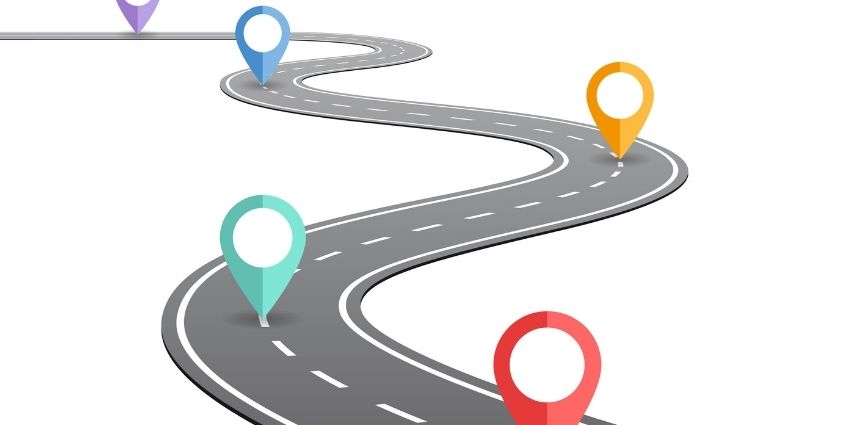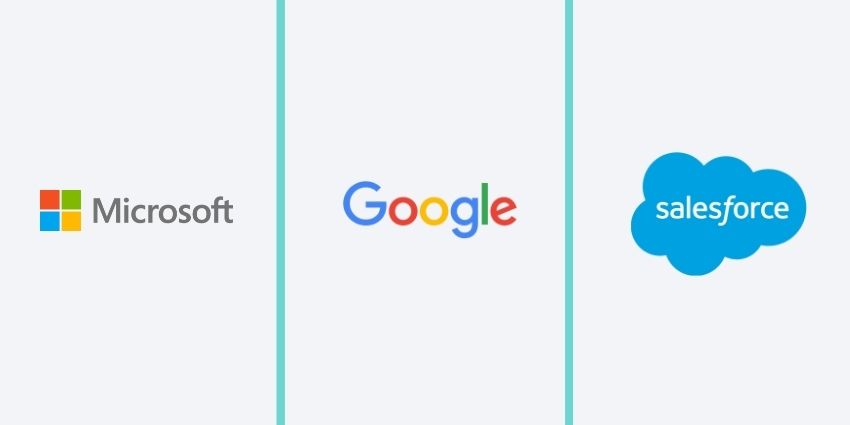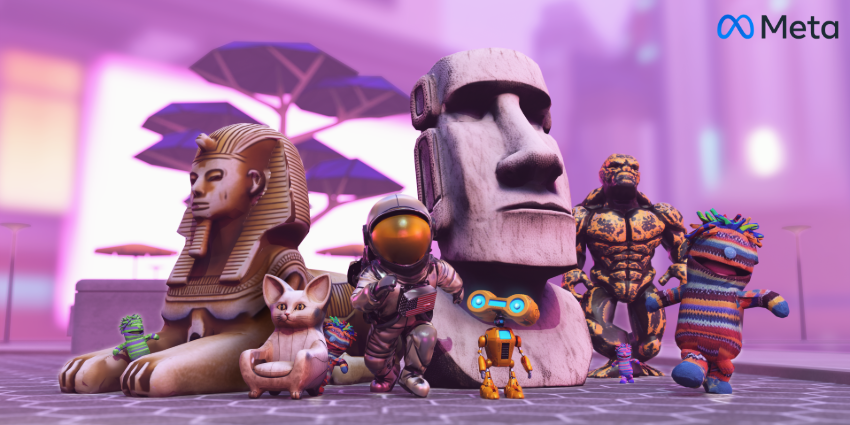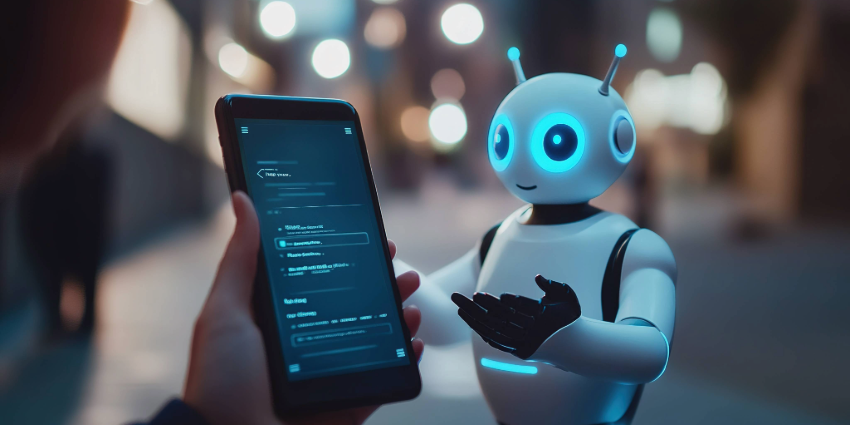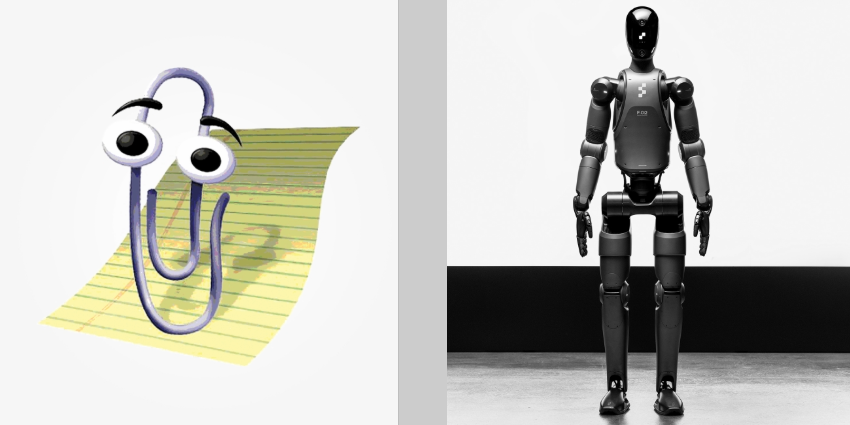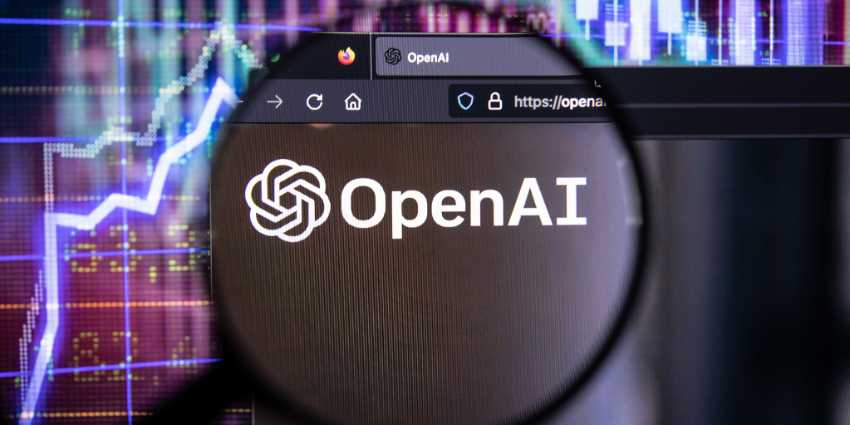The Microsoft AI roadmap seems to evolve every day. Month after month, the company introduces new updates, from personalized memory in Copilot assistants, to the new “Computer Use” function in Copilot Studio. Clearly, Microsoft isn’t content just being a top tech brand anymore – they want to be the pioneer of a new age of artificial intelligence.
But we’re just getting started. At Ignite 2024, Satya Nadella said Microsoft is currently embedded in the “middle innings” of AI, meaning there’s undoubtedly a lot of progress yet to come.
Since Microsoft already says that its AI tools are generating an average 370% return on investment, the idea of even more sophisticated tools is exciting. So, where are we headed right now? Here’s a closer look at the Microsoft AI roadmap as it stands today.
Microsoft’s AI Roadmap: The Vision
Under chairman and CEO Satya Nadella’s leadership, Microsoft is clearly becoming an AI-first company. Nadella even described AI as the biggest thing since the GUI.
He suggested that AI’s scaling power surpasses everything we’ve seen so far. Instead of the “Moore’s Law” results – of upgrades happening every 2 years or so, we’re now seeing double the performance every six months or so. To keep the pace, Microsoft has invested in countless new developments.
In January 2025, they announced the arrival of their new “CoreAI Platform and Tools” group, combining various AI pioneers under one roof. The company also introduced a new quantum processing unit (Majorana 1), and an upgraded partnership with OpenAI at the same time.
All the while, Microsoft is planning an $80 billion investment into AI data centers throughout 2025 – committed to making Copilot, AI agents, and the Azure ecosystem the ultimate AI stack.
The Microsoft AI Roadmap: Copilot
Copilot remains a core part of the Microsoft AI Copilot – and as of 2025, it’s becoming more sophisticated, intuitive, and personalized than ever. More than just your standard generative AI tool, Copilot is now a constantly evolving ecosystem.
As part of the “Copilot Wave 2” announcement, introducing new features like Pages, and Python in Excel, Microsoft said it had made more than 700 updates to the solution, and introduced 150 new-net features in just one year. Today, Microsoft’s Copilot solution includes “Pages” – the dynamic persistent canvas for multi-user AI collaboration, as well as well as new multimodal capabilities.
It can remember personalized interactions with customers, and adapt to their preferences over time with advanced learning capabilities. Plus, Copilot is now more customizable than ever, with Copilot Studio solutions that allow companies to adjust the performance of their apps and agents based on their needs, without coding knowledge.
We’ve even seen the rise of more industry-specific and specialized versions of Copilot, like the Dragon Copilot for healthcare companies (reducing administrative work), and a host of new security copilots focused on specific IT needs.
Microsoft’s Agentic AI Strategy
2025 was the year Microsoft started really doubling down on its agentic AI vision, empowering companies to build custom agents within Copilot Studio, capable of handling multi-stage tasks. These agents go beyond simply writing email drafts or answering questions; they can handle full processes.
For instance, pre-built agents like the IT helpdesk agent can help users resolve issues effortlessly and update support tickets. Case management agents can provide round-the-clock support to customers by creating specific workflows.
Companies can mix and match actions within the Copilot Studio builder, even empowering systems to access other applications through the “Computer Use” function. The great part about this solution is that anyone can create an agent just by describing it to Copilot and connecting a few data sources.
Already, organizations like the Bank of Queensland are using these tools to reduce analysis work (that typically takes weeks) into a process that takes less than a day. Nadella says that what lean processes did for manufacturing, AI and agents will do for knowledge work – increasing value and reducing waste. Going forward, the company will build on these agent models with new features, from enhanced memory and reasoning abilities, to multimodal functions.
Microsoft AI Roadmap: The Azure Infrastructure
Azure is the foundation of the Microsoft AI roadmap – and like everything else, it’s constantly growing. Microsoft’s broad suite of Azure AI services now span everything from the AI model inference solution for low-latency GPT calls, to Azure AI search capabilities.
Companies can access content safety solutions, custom vision capabilities, document intelligence tools, and so much more, all within a unified environment. The Azure ecosystem doesn’t just offer access to isolated APIs – it gives companies Lego bricks they can easily snap together in Copilot Studio, GitHub, or the Azure AI Foundry.
CoreAI’s reorg means the same team shipping new Phi‑4 small‑language models also optimizes the GPU kernels and the GitHub Copilot prompts. That vertical integration keeps inference costs in check – a not‑so‑subtle answer to customers sweating OpenAI usage bills.
Azure is also where Microsoft experiments with new silicon. The firm’s own Cobalt CPU and Maia AI accelerator aim to push model‑training economics below current Nvidia tax thresholds. Cheaper FLOPS per dollar translate directly into broader Copilot access, reinforcing the flywheel of the Microsoft Copilot roadmap.
Evolving Partnerships in the Microsoft AI Roadmap
For a while now, Microsoft’s partnership with OpenAI has been the talk of the tech space. While the company’s relationship with OpenAI remains strong – its also hedging its bets – exploring new collaborations, and even internally built models to reduce reliance on one AI partner.
In early 2024, Microsoft announced a multi-year partnership with Mistral AI, and started fine-tuning its lightweight Phi-4 model, for code-sensitive AI projects. Going forward, Microsoft plans to continuously expand its partnerships with new vendors, for a few reasons.
It’s not just about giving companies access to more cost-effective and diverse models – it’s also about mitigating anti-trust issues. It’ll be interesting to see how key investments in not just OpenAI and Mistral, but also partnerships with NVIDIA, AMD, and more help Microsoft to build out it’s AI roadmap from both a hardware and software perspective.
What’s Next for Microsoft’s AI Strategy?
Stack all the components of the Microsoft AI vision together, and a clear picture emerges. Microsoft is committed to owning and enhancing the horizontal layer where human intent becomes machine action. They have distribution (Windows), context (Microsoft Graph), cloud scale (Azure), and an ever‑growing zoo of models.
While Microsoft still faces the same challenges as many AI leaders – dealing with costs, regulatory mine fields and governance – it’s not slowing down.
The road ahead for Microsoft is bright, and now could be the perfect time to join the journey. Want to learn more? Check out the full guide to the Microsoft AI ecosystem here, or discover how to integrate Microsoft Copilot into your digital transformation strategy.

